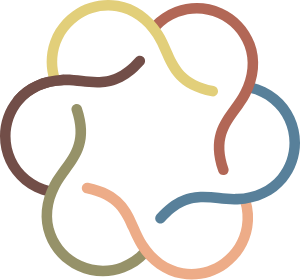Article Highlights
Investing in your team’s career and personal development builds your business value and stops employee turnover. In this article you’ll explore three approaches used by today’s top creative organizations including:
- Creative workshops that teach hands-on industry skills
- Group working sessions that instill strategic thinking across your organization
- Team shares that let employees connect and collaborate on a personal level
Your team doesn’t want to simply clock in and clock out. They want to learn new skills, share and gain inspiration, and foster personal and professional relationships. Doing so furthers their careers by boosting creativity and making them feel valued as individual members of a larger business organization.
But, research shows that 74% of employees say they are underwhelmed by the existing career development support offered by their employers, while 98% of leaders feel they are already offering the tools that employees need.
We’ve got ourselves a major disconnect.
What these statistics say to me is that managers — including creative leaders — want to help their team members grow and develop their careers. They just may not know how to do so effectively. But, employees who feel they are progressing in their career are 20% more likely to stay with their current employer, so it’s worth figuring out how to get effective.
Here are three approaches for employee development we’ve seen top creative teams use, including one we use at Stoke.
1. Creative Workshops
Adam Morgan, executive creative director at Adobe, holds a weekly Creative Workshop for his team. Unlike other meetings dedicated to discussing specific projects and deliverables, this meeting has one purpose: learning.
“I’ve been holding these workshops at Adobe for six years, and it’s all geared toward keeping my creative team inspired and educated,” Adam says. “When people feel inspired, they get excited about the work, and they want to do better.”
Some of the topics Adam and his team have covered over the years include:
- Writing fundamentals including headlines and body copy
- Basics of design
- Self-help strategies for dealing with common workplace issues
- Managing your workload
- Emerging technologies
In the beginning, Adam planned and presented all of the workshops himself. Now, months in advance, he assigns the opportunity to other leaders and team members. They have the opportunity to share creative explorations or ideas they think are valuable. He also invites guest speakers to share their unique experiences and perspectives.
“When we learn and develop together, people feel a sense of community. They feel like this is a safe spot where they can grow,” Adam says.
2. Strategy Academy
What started as a creative exercise for interns at VMware has now become an important tool for AJ Herrera, vice president of Brand and Advertising, to help his team hone their skills.
“I was meeting with our interns, and on impulse I offered to teach them our strategy process,” AJ says. “I wanted them to have something specific that they could take away and use in their future careers. I found that I got so much out of the class — new insights, new approaches — that I was learning as much as the students I was teaching. I had to take the exercise back to my team.”
During Strategy Academy, VMware employees gather as a group and write a strategic brief for a specific marketing problem. Sometimes, it’s a made up problem. Sometimes, it’s something the organization is currently facing. Depending on the problem, the team may work through one brief in an hour or over the course of several hour-long sessions.
The end result isn’t necessarily getting a “right answer.” Instead, the point of the exercise is to practice using the strategic process to solve problems and ignite creative ideas.
AJ says his goals for Strategy Academy are:
- To help people who write strategic briefs get better by learning from the insights and approaches of others
- To help designers and writers who rely on great briefs to more quickly grasp when a brief is helpful and when it isn’t (and why)
- To help close the gaps in the creative process among strategy, copy, and design
“Teaching is just learning with other people, so investing our time and energy in the development of others is a way to remain deeply engaged with the fundamentals of our craft,” AJ says.
3. Team Share
At Stoke, our distributed workforce gives us many advantages in the way we serve our clients. But, it also means we must take extra effort to build peer relationships and give everyone the opportunity to develop their talents and passions.
That’s where our weekly Team Share comes into play.
“Team Shares create an environment where we can get to know each other better and express ideas,” says Debbie Brannelly, vice president of marketing at Stoke. “They foster collaboration and camaraderie.”
Each week, a different member of the Stoke team presents on a topic of their choice. It could be industry related or simply something the presenter is passionate about. We leave it open because it helps us get to know each other and we always learn something new and interesting. And, in the end, any topic can give you a creativity boost. Past topics have included:
- Getting into the creative zone through meditation, yoga, and breathing
- Modeling successful work/life habits from top CEOs
- Promoting diversity and inclusion in our team and community
- Exercises and games for creative inspiration and strategic problem solving
- Niche creative like zines
To help provide inspiration, we offer all employees access to several avenues of independent learning, like team subscriptions to Audible, Master Class, LinkedIn Learning and online coding academies.
“One of the most important things you can do as a creative leader is to show the value of each person within your company and continually invest in them because it creates better performance,” Debbie says. “Meeting like this builds connections across teams, and helps us collaborate more effectively and deliver at a higher level for our clients.”
Let Stoke put our talented team to work for you. Browse our portfolio here.
For more ideas from Adam and AJ, listen in to their conversation on Real Creative Leadership.



